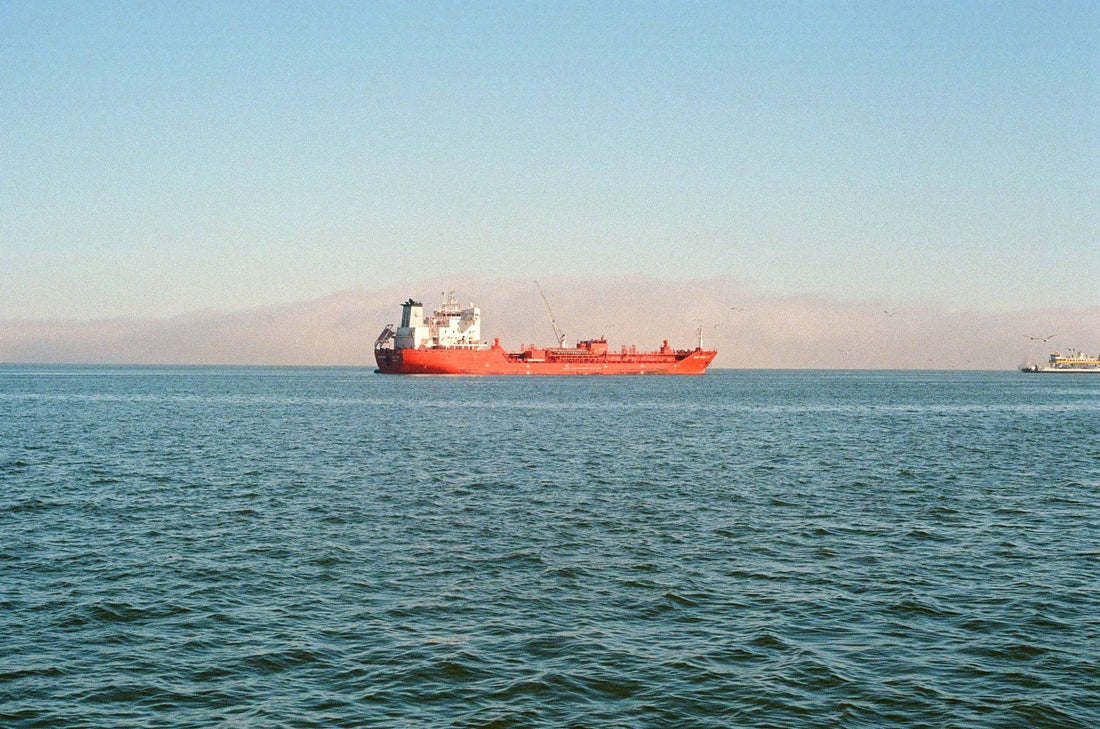
What is shutter speed on a film camera?
Have you ever had a photo turn out blurry that you know was focused correctly? Your shutter speed setting was most likely the culprit.
A film camera's shutter is the part of the device that allows light to come in contact with the loaded film. The shutter stays closed until the photographer hits the button to take a photo, which triggers the shutter to open for a specified amount of time. The amount of time can vary and can be used as a creative tool by photographers.
Shutter speed is the amount of time that the shutter stays open and can range from as quick as 1/2,000 of a second to multiple minutes. As the shutter stays open longer, more light is able to expose the film.

Fast Shutter Speeds
When you are shooting a moving subject (cars, sports, etc.) and want to freeze the action, you should use a shutter speed of 1/250 of a second or higher. If you use anything less than that setting, you run the risk of taking a blurry photo.
Optimally you should aim for a shutter speed of 1/500 of a second or more when shooting fast motion. If you are struggling to get a good exposure with that fast of a shutter, we recommend trying a faster film stock such as ISO 400 or ISO 800.
Don't forget that these are just suggestions to get you started... experimenting with motion blur in your photos can be a lot of fun!

Slow Shutter Speeds
The slowest shutter speed that we recommend using while taking photos handheld (with a tripod you can go slower) is 1/30 of a second. Anything slower than this and it is difficult to hold a camera steady enough to get a crisp photo. Optimally we recommend staying around 1/60 of a second.
Slow shutter speeds are beneficial because they allow you to get a properly exposed image in darker situations. If you are shooting landscapes, architecture, or other subjects with minimal movement then feel free to experiment with slower shutter speeds. Slower speeds are helpful for shooting photos at night or when you want to use a higher aperture to get super deep focus.
